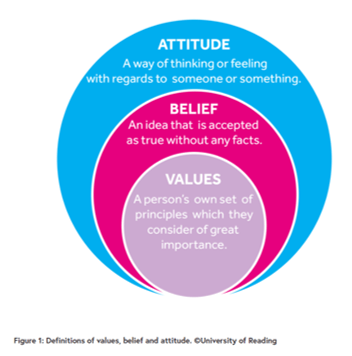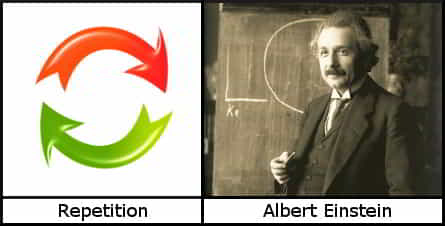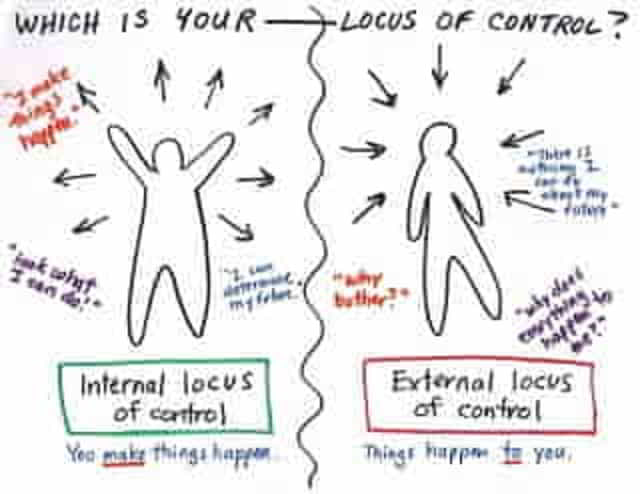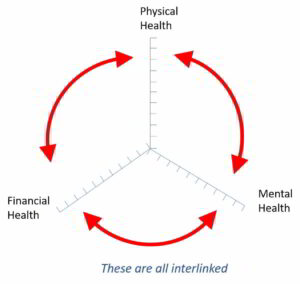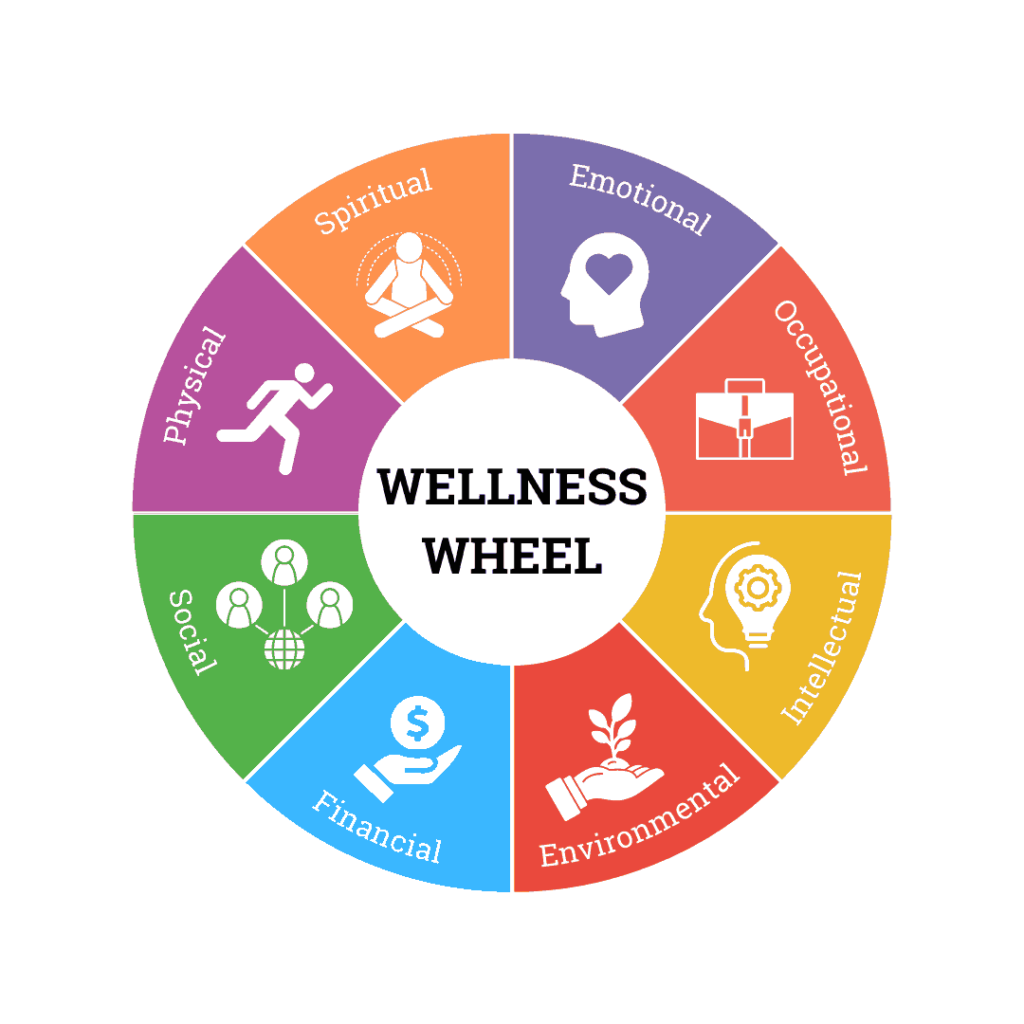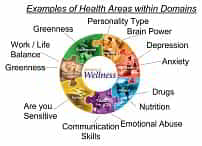Your Dashboard Tools
it's 01 Jul, 2024 1:19 am
You Drive Your Journey To Health
This is where you can choose how you want to assess your own health and start to take steps to make improvements.
Before you can start, you have to create a health record. To do this as additional security we will send you an email with a password you will need to enter for the first time to access your health record.
You can add as much or as little as you like into this record. No-one will see it. You can edit it later. You will be able to view it and print it.
You will see whether you have a health record in the section below.
There are three stages, and you can choose which to do when (just click GO! to go to the relevant section!) or complete the whole process.
1 Understand you and your health. This can involve doing a questionnaire to see how healthy you are now, looking at what has made you the way you are now, what your values are, your strengths and weaknesses, some aspects of your personality and how likely you are to change. GO!
2 See how healthy you are in different areas. You can learn how your overall health is made up – we talk about physical, financial and mental health but there are other aspects to health (domains) and also specific areas within these domains, and you need to understand exactly WHAT you want to focus on. GO!
3 Improve your health in a specific health area. Once you decide which specific health area you want to address, you can find out more about it, do a questionnaire to see how you score, then start making some changes! GO!
4 Complete a full process. The first time you look at this you may want to follow the full process, which has been developed after extensive research into different worldwide approaches to determining overall health. The process is very interactive, and covers all three of the above approaches – understanding yourself, looking at different health areas and then completing an action plan. Just start at the top and work down!
All your Health Information
Everything you’ve entered is shown below.
1. Understand yourself and your health
1 Understand yourself and your health. This can involve doing a questionnaire to see how healthy you are now, looking at what has made you the way you are now, what your values are, your strengths and weaknesses, some aspects of your personality and how likely you are to change. You will see all these aspects below in more detail.
We don’t look at any details, and nor can anyone else. You can start vague and add details as you go.
Background Info
You can enter more details about yourself, only to make your profile more complete. You can even add a profile picture! We won’t look at it, use it or do anything with it at all!
This just starts you thinking about your health – feel free to add details at any time.
Your Values
Your values form your attitudes on life and determine how you think, the decisions you make and what you do. It’s important to understand what they are – we help you to do that and give you choices in how to do it.
What’s the difference between values, attitudes and beliefs? See more by clicking the button below.
Analyse your health
When going for an interview, you’ll often be asked for strengths and weaknesses. It makes sense to understand these about your health, too. You should know where you need to focus your efforts to improve.
Berkeley give a good example of strengths and weaknesses, with some good examples and videos. Click to go have a look.
Overall health Questionnaire
You can do a questionnaire to see how healthy (or well) you are overall. We have three options, depending on how much time you want to spend and how much detail you want to go into.
What’s the difference between values, attitudes and beliefs? See more by clicking the button below.
Attitude to change
It’s good to want to make improvements in your life and health, but some people just can’t change how they behave – eating, drinking or pure slobbery!
You can see some information on attitude to change, and even take a questionnaire to see what yours is!
Locus of Control
Some people believe things happen to them, others believe they can influence what happens. This is your ‘locus of control’
You can see some information on locus of control, and even take a questionnaire to see what yours is!
Your Health Record
You’ll see your health record below if you’ve created one – click the green button to go to your health record. If you’ve created more than one by mistake click the red button to delete the superfluous one.
Download Health Profile
Once you’ve completed your health profile, you can download a PDF copy of it. Click the button on the right to go to a page where you can select your health profile, then you can go to your profile and download a PDF.
2. See how healthy you are in different areas
See how healthy you are
We talk about physical, financial and mental health but there are other aspects to health (domains) and also specific areas within these domains. You can go through these, understand them better, see how healthy you are in each and understand exactly WHAT you want to focus on – i.e. prioritise them.
See how healthy you are in different domains
We’ve broken overall health or wellness into 8 different domains: Emotional, Environmental, Financial, Intellectual, Occupational, Physical, Social, Spiritual. Take a questionnaire to see how you do in each area.
Click below to see how we have come to our definition of health domains and why.
Prioritise your health domains
You can look at the different domains and decide which you should tackle in what order
It’s not just the ones where you’re strong or weak – there are some you might WANT to address and some you SHOULD address.
Review domains and health areas
Here you can see which health areas we have included in each domain, and look at what info we have on each area if you want.
Click below to see a list of health areas in the health domains
Select health areas for action plans
You can choose a number of domains and health areas that you think you might want to prioritise. These should be the first ones you use in your action plans.
You can see some information on action plans here.
Your Health Priorities
You’ll see your health priorities below if you’ve created any – click the green button to go to your health priorities. If you’ve created more than one set by mistake, you can click the red button to delete the superfluous one.
Download Health Priorities
Once you’ve completed your health profile, you can download a PDF copy of it. Click the button on the right to go to a page where you can select your health profile, then you can go to your profile and download a PDF.
3. Improve your health in a specific area
Create your own action plan
Once you decide which specific health area you want to address, you can find out more about it then start making some changes!
First you have to choose which health area you want to focus on
As you know we have 8 domains, each with a number of health areas,
Click below to see our definition of health domains and specific health areas.
Look at info on that area and do questionnaire
Having chosen the leakth area, you can look at the info we have on that area. You can also see how healthy you are in that area by doing a questionnaire.
Click below to look at the different information
Look at exercises which can help you in that area
We have a number of exercises which you can do which can help you in that health area as part of your action plan.
Click below to see our exercises.
Look at experts who could help
It’s possible you might need some help making the improvements you want to in your action plan. We are building a network of experts who can help.
Click below to look at how the experts panel will work.
Set up main activity of action plan
You can set up a main activity that you need to do as part of your action plan, then start doing it and record how you get on with it.
Once you’ve done it a number of times you can summarise it.
Review your action plan
Once you’ve completed your action plan, you can review it and see how you’ve done, by re-doing the healthh questionnaire you took and seeing whether there has been any improvement..
Click below to look at how the experts panel will work.
Your Action Plans
You should see any action plans you have created below, and you can either go to it from there or go to a specific area by looking at the options below. If you haven’t set one up you’ll see a form where you can set one up.
Test34 action plan called Before yoga
I need to prove how smart I am
LindaB action plan called test action plan
This is a test issue
Next you’ll start to build your first action plan. Be patient – we’ll build the template and then you’ll go there.
On the next page you’ll first choose which domain and health area you want to focus on. You can refer to your priorities if you’ve set these up.
After this, you can look at info on this health area and even complete a questionnaire if you want to. You can do some exercises associated with the health area and even engage an expert to help you. Finally you can review whether doing this action plan has made any difference!
Create another action plan
Here you start to build another action plan.
Again the first thing you have to do is to name your action plan. make this name relevant to what you’re doing. Remeber, if you call the plan “My Plan” you will see it referred to as [your user name] action plan called [My Plan]. Then again just make a note of how you’re feeling at this minute. You’ll be able to change it as things progress!
Once you’ve done that, hit the green button which says ‘Name your action plan’.
After a short while (this is where the template of your action plan is being built), you will be redirected to your action plan, so please be patient!
See your exercises
When you go through an action plan you can choose to include an exercise as part of that action plan. If you’ve chosen any they’ll be shown below.
See experts you’ve chosen to work with
You can choose to work with an expert to help you as part of your action plan. If you have, they’ll be shown below.
Download Action Plan
Once you’ve completed your health profile, you can download a PDF copy of it. Click the button on the right to go to the relevant action plan, from where you can download a PDF of that action plan.
